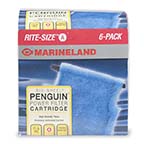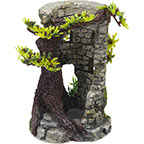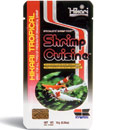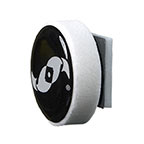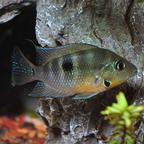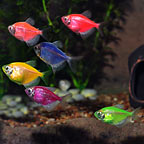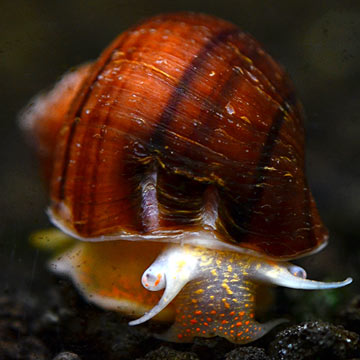
Quick Stats
What do these Quick Stats mean? Click here for more information
What do these Quick Stats mean? Click here for more information
Overview
The Albino Snail is one of about 120 species belonging to the Ampullariidae family. The Ampullariidae family name is also sometimes referred to as Pilidae. The most visible characteristic of snails belonging to the Pomacea genus is the siphon. When needed, this siphon will extend out to the water surface allowing the snail to breathe while submerged. The siphon in this genus is typically longer than the length of the snail's body. The shells of Albino Snails can vary significantly in color and pattern, but is usually a pale yellow to white in color.
In their natural habitat, Albino Snails remain hidden in submerged vegetation during the day and become more active at night, sometimes leaving the water to search for fresh vegetation. Two to four inches of open air space above the water line in the aquarium is required as these snails need open air to breathe. Albino Snails are very peaceful animals and should not be housed with any other animals that would like to make a meal of them.
Members of the Ampullariidae family are either male or female. The sex of a snail can be determined if they are the same age, have been kept in the same environment, and are fed the same foods in which case females will be larger than males. Eggs are laid in clutches, above the waterline on vegetation and generally at night, anywhere between 10 to 600 eggs can be laid. Depending on the temperature, eggs hatch after two to three weeks. The young will eat the same diet as the adults.
Pomacea sp. will eat algae, plants, vegetables, flake food, frozen foods, and live foods.
Approximate Purchase Size: 3/4" to 1-1/4"



